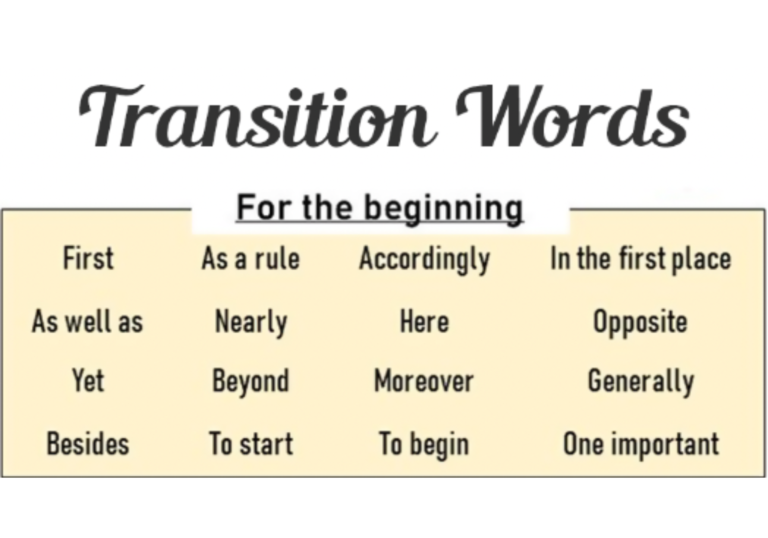How to Write a Chemistry Lab Report
Welcome to this guide by trusted essay writing service on writing a lab report chemistry. As a student or researcher in the field of chemistry, it is crucial to communicate your findings and observations effectively. A chemistry lab report helps to document your experiments, analyze the data, and draw meaningful conclusions. In this article, I will outline the purpose and importance of a chemistry lab report and the essential elements that should be included. So, let’s dive in and learn how to write a successful lab report for chemistry.
Purpose and importance of a chemistry lab report
A chemistry lab report writing services serves as a record of the experiments conducted and the data collected. It allows other researchers to reproduce the experiment and verify the results. It also helps to analyze the data and draw meaningful conclusions. A well-written lab report is crucial for documenting and communicating scientific findings accurately and effectively.
Elements of a formal lab report
In a formal lab report for chemistry, there are several key elements that should be included. These elements are:
Title: Clearly states the purpose of the experiment.
Abstract: Offers a concise summary of the experiment and its results.
Chemistry lab report introduction: Describes the background information and objectives of the experiment.
Materials and Methods: Describes the specific equipment and techniques employed in conducting the experiment.
Results: Presents the data collected in tables, graphs, and figures.
Discussion: Examines and explains the outcomes, delving into their importance and addressing any potential errors.
Conclusion: Summarizes the experiment’s findings and suggests further improvements or experiments.
References: List all the sources referenced in the report.
Appendices: Includes any additional supporting data or information.
These components are crucial for creating a thorough and systematically structured lab report in chemistry.
Pre-Lab Preparation
Before conducting the experiment, it is crucial to prepare adequately. I begin by fully comprehending the experiment and its goals. Then, I assemble all required materials and tools, ensuring everything is functioning correctly. This preparation facilitates a seamless and effective conduct of the experiment.
To effectively conduct a chemistry lab experiment, it is crucial to have a clear understanding of the experiment and its objectives. This involves carefully reading the experiment instructions and any accompanying literature, as well as clarifying any uncertainties with the instructor or lab partners. By understanding the experiment and its objectives, I can ensure that I follow the correct procedures and achieve the desired outcomes.
For the effective execution of a chemistry lab experiment, it is crucial to collect all required materials and equipment in advance. This includes items such as glassware, chemicals, measuring instruments, and safety equipment like safety goggles and gloves. The specific requirements for each experiment can usually be found in the lab manual or instructions. By ensuring that all the materials and equipment are ready before starting the experiment, I can save time and avoid any disruptions during the process.
Experimental Procedure
Throughout the experimental process, I adhered to the detailed guidelines outlined in the lab manual. I prepared the necessary solutions and conducted the required reactions as specified. I made sure to carefully measure and record all observations and data. Additionally, I took appropriate safety precautions and handled chemicals with caution to ensure a successful experiment.
First, I prepared the necessary solutions by accurately measuring the required amounts of chemicals and dissolving them in appropriate solvents. Then, I performed the reactions as specified in the lab manual, carefully following the given procedure. I recorded all observations and data during the experiment.
While conducting the experiment, ensuring safety is paramount. I adhered to all essential safety measures, including wearing protective equipment like gloves and goggles. I also handled the chemicals carefully, avoiding direct contact and ensuring proper ventilation in the lab. Adhering to all safety protocols is vital to avoid accidents and guarantee the safety of everyone participating.
Data Collection and Analysis
In this section, I carefully recorded all the observations and measurements obtained during the experiment. I made sure to note down every detail accurately, including any changes, reactions, or physical properties observed. I also performed appropriate calculations using relevant formulas and equations to analyze the collected data. The data analysis provided valuable insights and helped draw meaningful conclusions.
Throughout the experiment, it’s crucial to meticulously document all observations and measurements with precision. This includes noting down changes in color, texture, or any reactions observed. Measurements should be taken using calibrated instruments, ensuring precision and accuracy. Tally sheets, tables, charts, and diagrams can be useful tools for organizing and presenting the collected data. It is crucial to be precise and thorough when documenting these observations and measurements to ensure reliable data analysis and interpretation.
In the data analysis stage, it is important to use appropriate formulas and calculations to interpret the collected data accurately. This process may include computing averages, standard deviations, and percent errors, along with conducting statistical analyses. It is crucial to carefully follow the instructions provided in the lab manual or by the instructor to ensure the correct use of formulas and calculations.
Results and Discussion
In the Results and Discussion section, I will present the data collected in a clear and organized manner. This can be done through the use of tables, graphs, and figures that accurately depict the results. Next, I will examine and interpret the data, linking it to the experiment’s objectives. I will discuss any trends, patterns, or deviations observed, and explain their significance in relation to the underlying principles of the experiment. Additionally, I will compare my results with expected values or theoretical calculations to assess the accuracy of my findings. This section provides a deeper understanding of the experiment’s outcomes and allows for meaningful discussions and conclusions.
When presenting data in a chemistry lab report, it is essential to use tables, graphs, and figures for clear and organized representation. Tables are useful for displaying numerical values, while graphs and figures illustrate trends and patterns visually. These visual tools improve comprehension of the data, facilitating simpler analysis and interpretation.
After presenting the data in tables, graphs, and figures, it is important to interpret and discuss the results. This involves analyzing the trends, patterns, and relationships observed in the data. I will explain the significance of the findings and discuss any unexpected or inconsistent results. Furthermore, I will juxtapose the findings with anticipated results and formulate conclusions based on the data and analysis.
Conclusion and Recommendations
In conclusion, writing a chemistry lab reports is essential to effectively communicate the results of an experiment. Adhering to a structured format and incorporating all essential components makes the report clear and straightforward to comprehend. Based on the analysis of the data, I recommend further experiments to explore the potential applications and limitations of the findings.
Based on the analytical chemistry laboratory reports, I have found that the experiment yielded significant results. The data and observations noted throughout the experiment offered insightful details about the reaction and its impacts. The outcomes of the experiment support the hypothesis and provide insights into the chemical processes involved. The results underscore the significance of the experiment in grasping fundamental concepts of chemistry.
In future experiments, it would be beneficial to explore different variables and conditions to further understand the reaction. For example, varying the concentration of reactants or temperature could provide valuable insights. Additionally, conducting repeated trials and using more advanced equipment could help enhance the accuracy and reliability of the results.
Appendix
In the appendix of the lab report for chemistry, it’s crucial to list all references and citations utilized. This enables readers to delve deeper into the sources and confirm the presented information. Also, supplementary data and extra details that are pertinent but not part of the main report should be included in the appendix.
In the references and citations section of a chemistry lab report, it is important to include any sources that were used to gather information for the report. This allows readers to further explore the sources and verify the information presented. Proper citation formats, such as APA or MLA style, should be followed to give credit to the original authors.
In the appendix section of a chemistry lab report college, any supporting data and additional information that may be relevant to the experiment can be included. This can include raw data, calculations, graphs, or any other supplementary material that provides further insight into the experiment or analysis. These additional resources can help readers understand the experiment more thoroughly.

Nicole Hardy
Article Author
Nicole Hardy is renowned in the fields of education and the arts journalism, particularly known for her detailed and insightful reporting on performing arts education. With a career spanning over a decade, she has established herself as a respected authority in this area. Hardy’s work is recognized for its in-depth analysis and engaging writing style. She holds a Master’s degree in Journalism from the University of Arts, specializing in arts and culture journalism.



